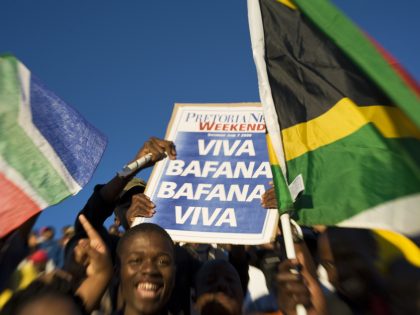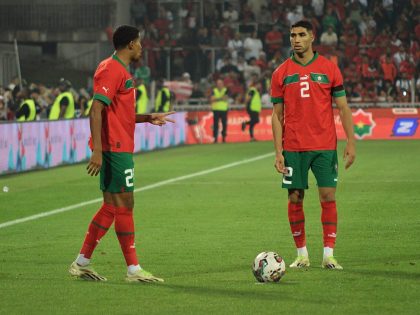Northern European Soccer Politics
Watching the World Cup in Finland and Estonia. Sample: "Finns just aren’t very good at, nor are they voracious consumers of the game." As for Estonians, read on.

Äijänsuo stadium in Rauma Finland, 2010. Image by Groundhopping Merseburg (via Flickr.com)
I was recently in Finland and Estonia, arriving in the former the evening before Russia kicked off against Saudi Arabia to open the World Cup Finals. Before I left the U.S., I proclaimed to a friend that I was really excited to be heading to football-crazy Europe. But, he wasn’t so sure, cautioning me that the Finns aren’t exactly mad about the game. Their men’s team has never qualified for the World Cup Finals and the apex for the women’s team was the semi-finals of the Euro 2005 tournament (where they lost to Germany 4-1). Moreover, I could only name two Finnish players: Sami Hyypiä and Jussi Jääskeläinen, off the top of my head. As it turned out, my friend’s comments were prescient. But I was right about Estonia, for different reasons.
The Helsinki airport showed no signs that the tournament was about to commence, even though a slate of games were to be held in nearby St. Petersburg. Even after the tournament began, World Cup fever had apparently stricken, well, really no one. The only tangible display of the tournament was a modest
outdoor seating/viewing area that Casino Helsinki had erected off to the side of a large square in the city center, though the venue was largely a means to attract potential gamblers and to sell overpriced beer.
As I settled in to watch an array of matches, the most striking feature of the audience – comprised of about 20 of us, who filed in and out depending on the match – was that none of us were Finns! I heard English (spoken by Americans, Brits, Irish, and New Zealanders) and Spanish (voiced by various South Americans and Spaniards), as well as German and Italian, but no Finnish. After a little digging and via further traveling around Finland, I learned and observed that soccer is reasonably popular from a participatory perspective. But the Finns just aren’t very good at, nor are they voracious consumers of the game. Indeed, although I saw playing fields, often busy with players, I never encountered a match on television in a bar or restaurant, nor any promotional material anywhere in any city that I visited. One of Europe’s few (only?) truly barren soccer landscapes.
Just a two-hour ferry trip from Helsinki to Tallinn, Estonia’s cozy capital city, across the Bay of Finland, one leaves a land of soccer apathy and enters a country with a palpable passion for the game. Walking around the medieval city center, known as Old Town, I encountered innumerable outdoor viewing areas. And, when I ducked inside for a beer, sure enough, the matches were on. Fans , both local and international, were exuberant: donning jerseys, downing pints, and enthusiastically cheering on one squad or another.
When I inquired why the country was so enamored with the game, my friends explained its political roots. Estonians use soccer to fight Soviet and now Russian imperialism. It is a reaction to the imposed Russification of the country during its (dark) days as a Soviet Republic and, more recently, the ongoing threat its eastern neighbor continues to pose, especially in the wake of the annexation of Crimea. According to this logic, the Estonians despise hockey (a sport in which Russia figures among the elite) and adore soccer (a sport in which Russia hasn’t fared nearly as well, until this World Cup, that is).
Although the Estonians aren’t any better than the Finns (the former is 94th in the current FIFA rankings and the latter 63rd), you wouldn’t know it by the divergent levels of interest among their respective fandoms. One can only imagine how crazed Estonians would be should their men’s squad ever qualify for the World Cup Finals. But, then, perhaps that accomplishment might even awake the Finns from their national soccer slumber? Chances are, we’re going to have to wait for a long time before either of those scenarios materialize. In then meantime, I’d recommend heading to Estonia to watch some matches!



















